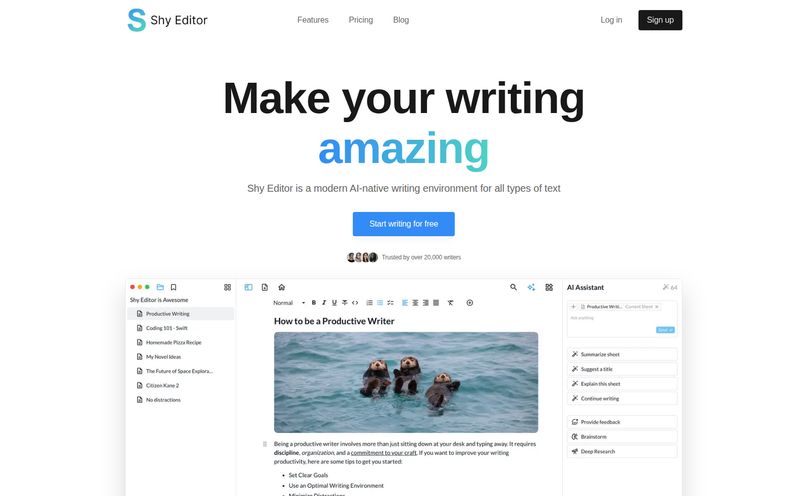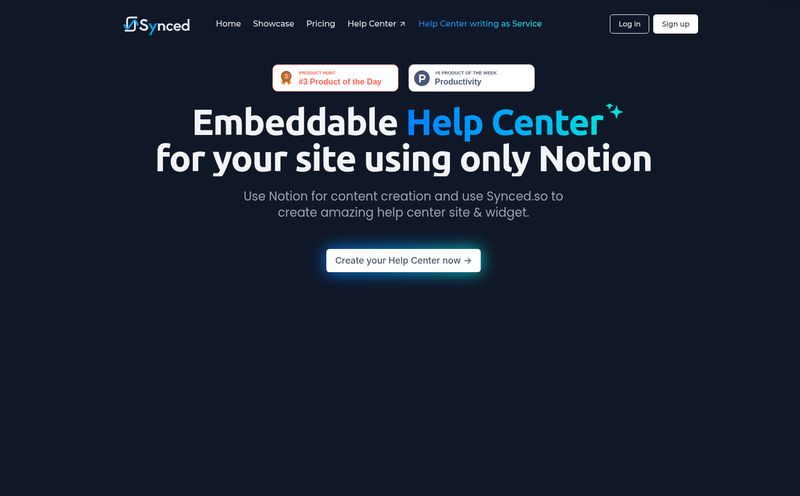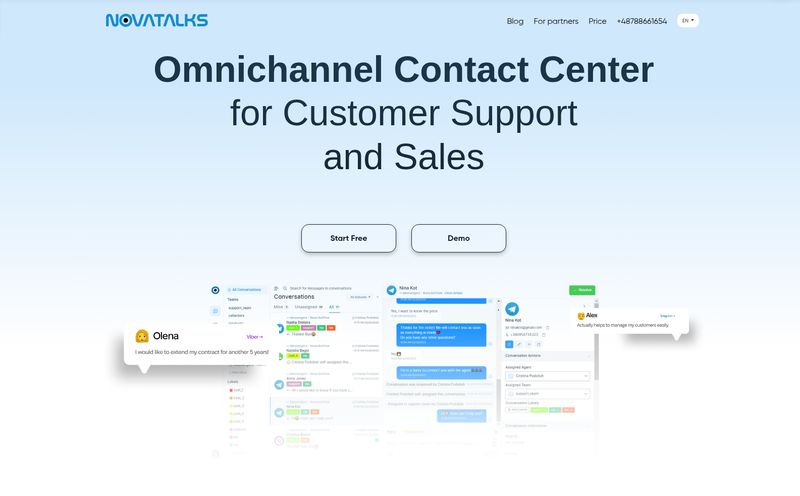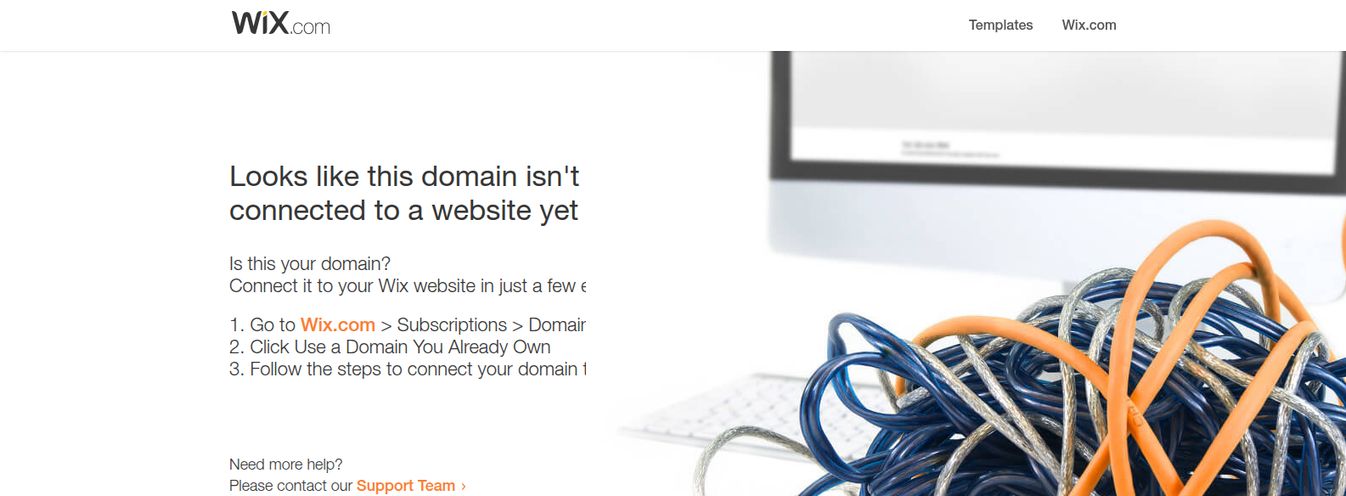I’ve been in the SEO and digital marketing world for what feels like a lifetime, and I’ve seen more “revolutionary” chatbot builders than I can count. Most of them are… fine. They pop up in the corner of a website, answer a few basic questions, and maybe, if you're lucky, capture an email address. They’re digital doorstops, really.
But every now and then, a tool comes along that makes you lean in a little closer. A tool that isn’t just trying to be a cheap replacement for an FAQ page. That’s the vibe I got when I first stumbled upon 8D-1. The name is a bit quirky, the branding is clean, and the headline grabbed me: “Chat Bots That Earn For You.”
Earn for you? Now that’s a bold claim. Most bots are a cost center, not a profit center. So, naturally, I had to see if it was just marketing fluff or if there was some real fire behind that smoke. I spent some time kicking the tires, and what I found was genuinely interesting.
So, What on Earth is 8D-1?
At its core, 8D-1 is a platform that lets you build AI agents without touching a single line of code. Okay, nothing new there. But here's the twist. It’s not positioned as a simple chatbot builder. The platform calls them “personal AI secretaries,” and their main job isn't just answering questions—it's conducting interviews.
Think about that for a second. Instead of a bot that says, “How can I help you?”, you get a bot that says, “Thanks for your interest in our services. To see if we're a good fit, I need to ask you a few questions. Is now a good time?” It’s a subtle but massive shift in purpose.
It’s all powered by OpenAI’s technology, which means the conversational abilities are pretty sophisticated. The entire goal is to automate that initial, often time-consuming, point of contact. It can qualify leads, gather detailed feedback, or even conduct an entire first-pass interview for a blog post while you’re sleeping. It's an AI assistant that does the grunt work so you can focus on the high-value stuff.
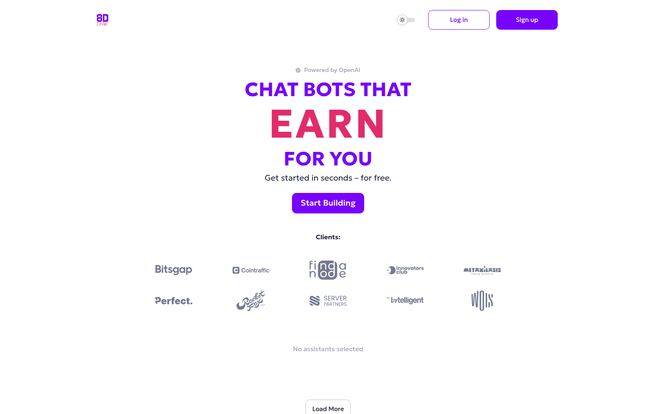
Visit 8D-1
The Features That Actually Matter
A feature list is just a list until you see how it applies to your actual workflow. Some of 8D-1’s features are standard, but a few really stand out.
More Than a Bot: The Interview-First Approach
This is the secret sauce. When you start building, you see quick-start templates for things like “Interview people for blog or media” and “Customer development interviews.” This immediately frames the tool correctly. I’m not building a chatbot; I'm building an automated interviewer. For anyone in content, UX research, or sales, a lightbulb should be going off right now. Imagine sending a link to an expert for an article, and an AI conducts a detailed, intelligent interview, with follow-up questions and everything. The transcript lands in your inbox, ready to be turned into content. That’s a serious time-saver.
Making Money Moves: Built-in Payment Processing
This one got my attention. On their Pro plan, you can process payments directly within the chat. This is huge. A consultant could have an AI agent that qualifies a potential client, diagnoses their basic needs, and then says, “It sounds like our 90-minute strategy session would be a perfect next step. It’s $250. Would you like to book and pay for that now?” Closing a sale without any human intervention? Yes, please. This turns the bot from a simple gatekeeper into a sales agent.
Your Data, Your Way: Reports and Integrations
What good is an interview if you can't see the results? 8D-1 gives you a full conversation history and automatically generated reports. You can even export conversations to CSV, which is fantastic for anyone who lives in spreadsheets (guilty). You can pull the data into your own systems, analyze trends, and really understand what your audience is saying.
It also has a native Telegram integration. Now, I know for many of us in the States, Telegram is that other messaging app. But for many businesses with a global clientele, especially in Europe and Asia, Telegram is a primary communication channel. So that’s a very smart inclusion. And of course, it has the standard embeddable widget for any website, which is a non-negotiable feature.
The Big Question: What's the Price Tag?
Alright, let’s talk money. The pricing structure is a pretty common SaaS model, with a few tiers and usage-based billing. It’s important to understand both the monthly fee and the per-message cost.
| Plan | Monthly Cost | Included Messages | Overage Cost | Key Features |
|---|---|---|---|---|
| Basic | $0 | 100 | 9¢ / message | Embeddable widget, Telegram connection |
| Casual | $79 | 1,000 | 4¢ / message | Adds Knowledge Base & Reports |
| Pro | $490 | 10,000 | 2¢ / message | Adds Custom Branding & Payments |
The Basic plan is a great, no-risk way to try it out. 100 messages are enough to build a bot and see how it feels. The Casual plan at $79/month is the sweet spot for freelancers, consultants, or small businesses who see the potential and want to realy give it a go. The Pro plan is clearly aimed at agencies or established businesses that need custom branding and will have a high volume of conversations.
That per-message fee is critical to keep in mind. If you put this on a high-traffic site, those costs could add up. You have to be strategic about where and how you deploy your agent.
My Experience: The Good, The Bad, and The Interesting
After playing around, I have some thoughts. No tool is perfect, right?
What I Loved:
- It’s genuinely no-code. The interface is clean and you can get a functional agent up and running in minutes using a template. The barrier to entry is delightfully low.
- The focus is on value. It's not trying to be everything to everyone. It’s focused on high-value conversations, and that clarity is refreshing.
- The interview templates are brilliant. It's one of those "why didn't I think of that?" ideas that just makes perfect sense once you see it.
What I'm Not Crazy About:
- The pricing curve is steep. Jumping from $79 to $490 is a big leap. I wish there was a mid-tier plan around the $150-$200 mark that included custom branding. Locking that behind the most expensive plan feels a bit punishing for small but brand-conscious businesses.
- Reliance on OpenAI. This is true for a zillion AI tools right now. It means your bot's performance and uptime are tied to another company's. If OpenAI has a wobbly day, your bot might too. It's just the reality of the ecosystem at the moment.
Who Should Use 8D-1 (And Who Shouldn't)?
This is not a one-size-fits-all tool. If you just need a bot to answer “what are your opening hours?” you'd be overpaying for 8D-1. There are simpler, cheaper tools for that.
However, 8D-1 is borderline magical for a few specific groups:
- Consultants, Coaches, and Freelancers: Use it to automate client intake, qualify leads 24/7, and even take payments for discovery sessions. It's like having a personal assistant who never sleeps.
- Content Marketers & Journalists: An incredible tool for conducting preliminary interviews. It saves a ton of scheduling back-and-forth and gives you a solid base of information to work from.
- Product Managers & UX Researchers: Automate customer feedback collection. Instead of a boring survey, you can have an engaging, conversational interview to gather deep insights.
- Digital Agencies: This could be a powerful new service to offer clients. You can build and manage a fleet of AI agents that generate qualified leads for them.
My Final Takeaway
So, does 8D-1 live up to the hype? For the right user, I'd say a firm yes. It’s a specialized instrument, not a blunt object. It has carved out a very smart niche in the crowded world of AI assistants by focusing on in-depth, valuable conversations rather than just generic Q&A.
It’s a tool that understands that the real value isn’t just in deflecting support tickets, but in proactively creating opportunities. And by doing that, it just might be one of the first chatbots I’ve seen that can genuinely claim to earn for you.
Frequently Asked Questions About 8D-1
- Do I need to know how to code to use 8D-1?
- Absolutely not. It's designed as a completely no-code platform. If you can fill out a form, you can build an AI agent.
- Can I use my own branding on the chatbot?
- Yes, you can, but that feature is reserved for the Pro plan, which costs $490 per month. On the lower-tier plans, the agent will have 8D-1 branding.
- How does the payment processing work?
- The platform integrates with payment processors (likely Stripe, a common choice for such tools) to handle transactions securely right within the chat conversation. This feature is only available on the Pro plan.
- Is there a free trial?
- Yes, the Basic plan is free to get started. It includes 100 messages per month, so you can build an agent and test its functionality before committing to a paid plan.
- What happens if I use more messages than my plan allows?
- Once you use up the free messages included in your plan, you're charged a small fee for each additional message. The cost per message goes down as you move to higher-tier plans (from 9¢ on Basic to 2¢ on Pro).
- Can I put the chatbot on my website?
- Yes. 8D-1 provides an embeddable widget that you can easily add to any website, allowing the AI agent to interact with your visitors directly on your pages.
Conclusion
In a sea of AI me-too products, 8D-1 feels like it has a real point of view. It’s not just another piece of tech; it's a solution to a very specific, and very common, business problem: the time suck of initial conversations. By automating interviews and lead qualification, it frees up humans to do what they do best – build relationships and close deals. It’s a clever, powerful tool that’s definitely worth a look for anyone who’s serious about leveraging AI to do more than just answer basic questions.
